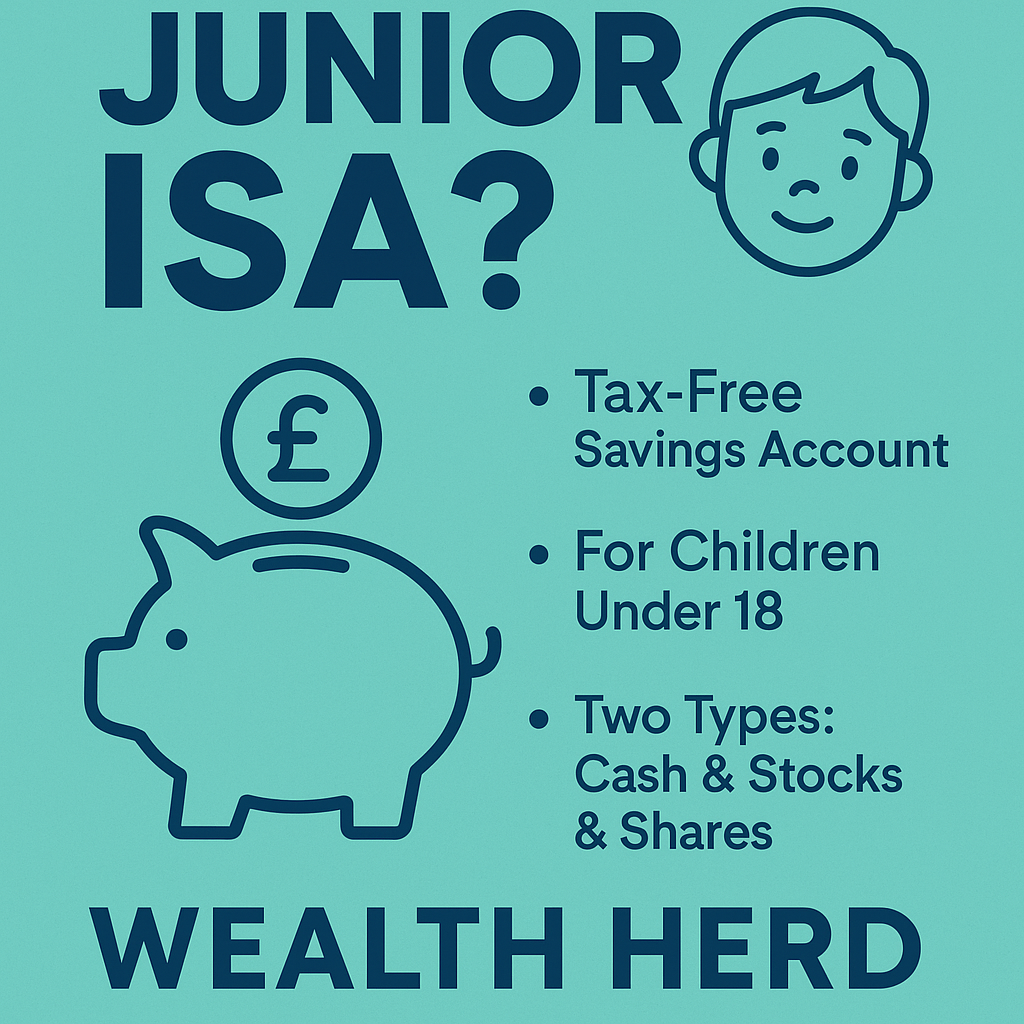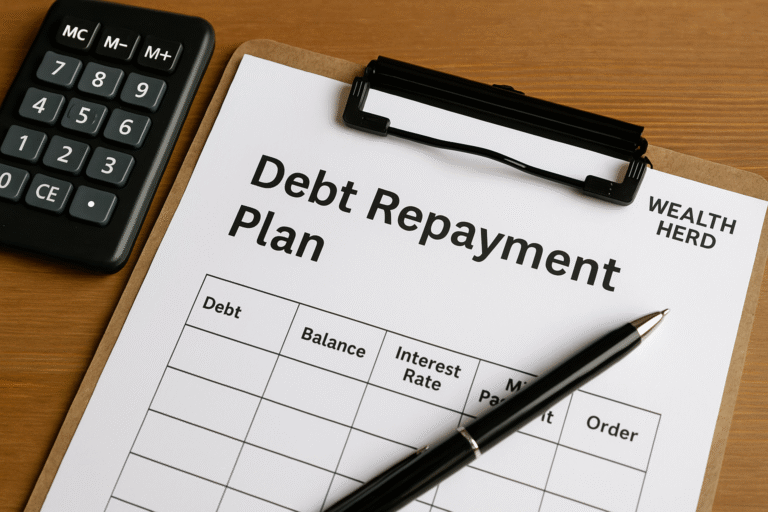Raising children is a long-term investment in itself—but what if you could also invest in their financial future? A Junior ISA (Individual Savings Account) is a popular and tax-efficient way for parents and guardians in the UK to do just that. Whether you want to save for university, a first car, or just give them a solid financial start, a Junior ISA can help make it happen.
Table of Contents

What Is a Junior ISA?
A Junior ISA is a tax-free savings account available to children under 18 who live in the UK. It allows parents, family members, and friends to contribute up to a certain annual limit each tax year. The money belongs to the child and can only be accessed by them when they turn 18.
There are two types of Junior ISAs:
Cash Junior ISA – Works like a traditional savings account but with tax-free interest.
Stocks and Shares Junior ISA – The money is invested, offering the potential for higher returns (with risk).
Children can only have one of each type at any time, but you can transfer between providers and even switch between the two types.
Who Can Open a Junior ISA?
Only a parent or legal guardian can open a Junior ISA for a child. Once opened, anyone can contribute—grandparents, relatives, friends, etc.—as long as the total does not exceed the annual limit.
As of the 2024/2025 tax year, the Junior ISA allowance is £9,000 per child.
Why Choose a Junior ISA?
There are several compelling reasons to consider a Junior ISA for your child:
Tax-free growth: Any interest, dividends, or capital gains are completely tax-free.
Encourages long-term saving: Funds are locked away until the child turns 18, making it a genuine long-term investment.
No impact on benefits: Unlike some adult savings, Junior ISAs don’t affect eligibility for means-tested benefits.
Flexible options: Choose between safer cash savings or potentially higher-yield investments.
Cash vs. Stocks & Shares: Which Junior ISA Is Right?
Choosing the right type depends on your goals and risk tolerance.
| Feature | Cash Junior ISA | Stocks & Shares Junior ISA |
|---|---|---|
| Risk | Low | Varies (depends on market) |
| Return potential | Modest (interest-based) | Higher (but not guaranteed) |
| Suitable for | Short-term savers | Long-term savers (5+ years) |
| Guaranteed capital | Yes | No |
Tip: Many parents choose to split the allowance across both types, creating a balance between safety and growth.
What Happens When the Child Turns 18?
When a child turns 18, their Junior ISA automatically converts into a standard adult ISA. They gain full control of the money and can choose to withdraw, reinvest, or leave it untouched.
This moment is a great opportunity to discuss money management, financial responsibility, and planning for their future.
How to Open a Junior ISA
Opening a Junior ISA is straightforward. Here’s what you’ll need:
The child’s birth certificate or passport.
Proof of parental identity (passport or driver’s license).
Choose a provider (bank, building society, or investment firm).
Decide between cash, stocks & shares, or both.
Set up and manage the account—usually online.
Points to Keep in Mind
Money is locked in: You can’t access the funds until your child turns 18.
Investment risk: Stocks & Shares Junior ISAs can fluctuate in value.
One of each type: A child can only have one cash and one stocks & shares Junior ISA at any time.
Conclusion: Is a Junior ISA Worth It?
For parents serious about giving their child a strong financial foundation, the Junior ISA is an excellent tool. It combines tax efficiency, flexibility, and the power of compound growth to offer real long-term value.
Whether you want low-risk savings or are open to long-term investing, there’s a Junior ISA solution to fit your needs. And best of all, your child will thank you when they hit adulthood with a meaningful head start.
🔗 External Links & Resources
- HMRC Junior ISA Overview – Official government details and eligibility.
- MoneyHelper – Junior ISAs Guide – Clear comparisons and tips.
- Which? – Best Junior ISAs – Independent advice on top providers.










